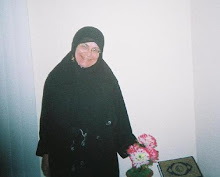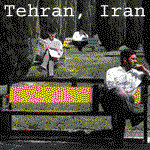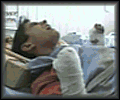Health and Economic Implications of HPV Vaccination in the United States

Background The cost-effectiveness of prophylactic vaccination against human papillomavirus types 16 (HPV-16) and 18 (HPV-18) is an important consideration for guidelines for immunization in the United States.
Methods We synthesized epidemiologic and demographic data using models of HPV-16 and HPV-18 transmission and cervical carcinogenesis to compare the health and economic outcomes of vaccinating preadolescent girls (at 12 years of age) and vaccinating older girls and women in catch-up programs (to 18, 21, or 26 years of age). We examined the health benefits of averting other HPV-16–related and HPV-18–related cancers, the prevention of HPV-6–related and HPV-11–related genital warts and juvenile-onset recurrent respiratory papillomatosis by means of the quadrivalent vaccine, the duration of immunity, and future screening practices.
Results On the assumption that the vaccine provided lifelong immunity, the cost-effectiveness ratio of vaccination of 12-year-old girls was $43,600 per quality-adjusted life-year (QALY) gained, as compared with the current screening practice. Under baseline assumptions, the cost-effectiveness ratio for extending a temporary catch-up program for girls to 18 years of age was $97,300 per QALY; the cost of extending vaccination of girls and women to the age of 21 years was $120,400 per QALY, and the cost for extension to the age of 26 years was $152,700 per QALY. The results were sensitive to the duration of vaccine-induced immunity; if immunity waned after 10 years, the cost of vaccination of preadolescent girls exceeded $140,000 per QALY, and catch-up strategies were less cost-effective than screening alone. The cost-effectiveness ratios for vaccination strategies were more favorable if the benefits of averting other health conditions were included or if screening was delayed and performed at less frequent intervals and with more sensitive tests; they were less favorable if vaccinated girls were preferentially screened more frequently in adulthood.
Conclusions The cost-effectiveness of HPV vaccination will depend on the duration of vaccine immunity and will be optimized by achieving high coverage in preadolescent girls, targeting initial catch-up efforts to women up to 18 or 21 years of age, and revising screening policies.
Source Information
From the Department of Health Policy and Management, Harvard School of Public Health, Boston.
Address reprint requests to Dr. Kim at the Department of Health Policy and Management, Program in Health Decision Science, Harvard School of Public Health, 718 Huntington Ave., 2nd Fl., Boston, MA 02115, or at jkim@hsph.harvard.edu.
Full Text of this Article
Labels: Medical Care, United States














0 Comments:
Post a Comment
<< Home